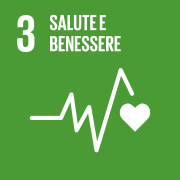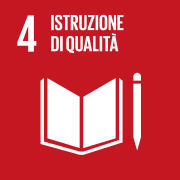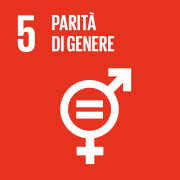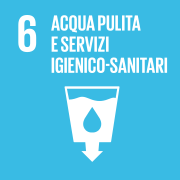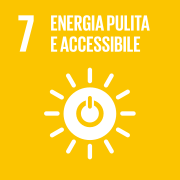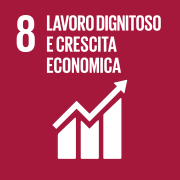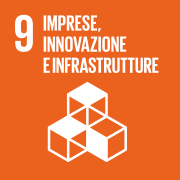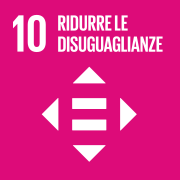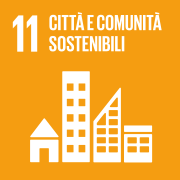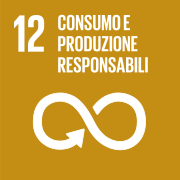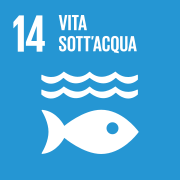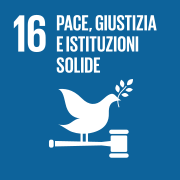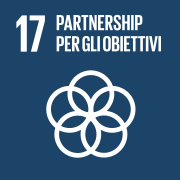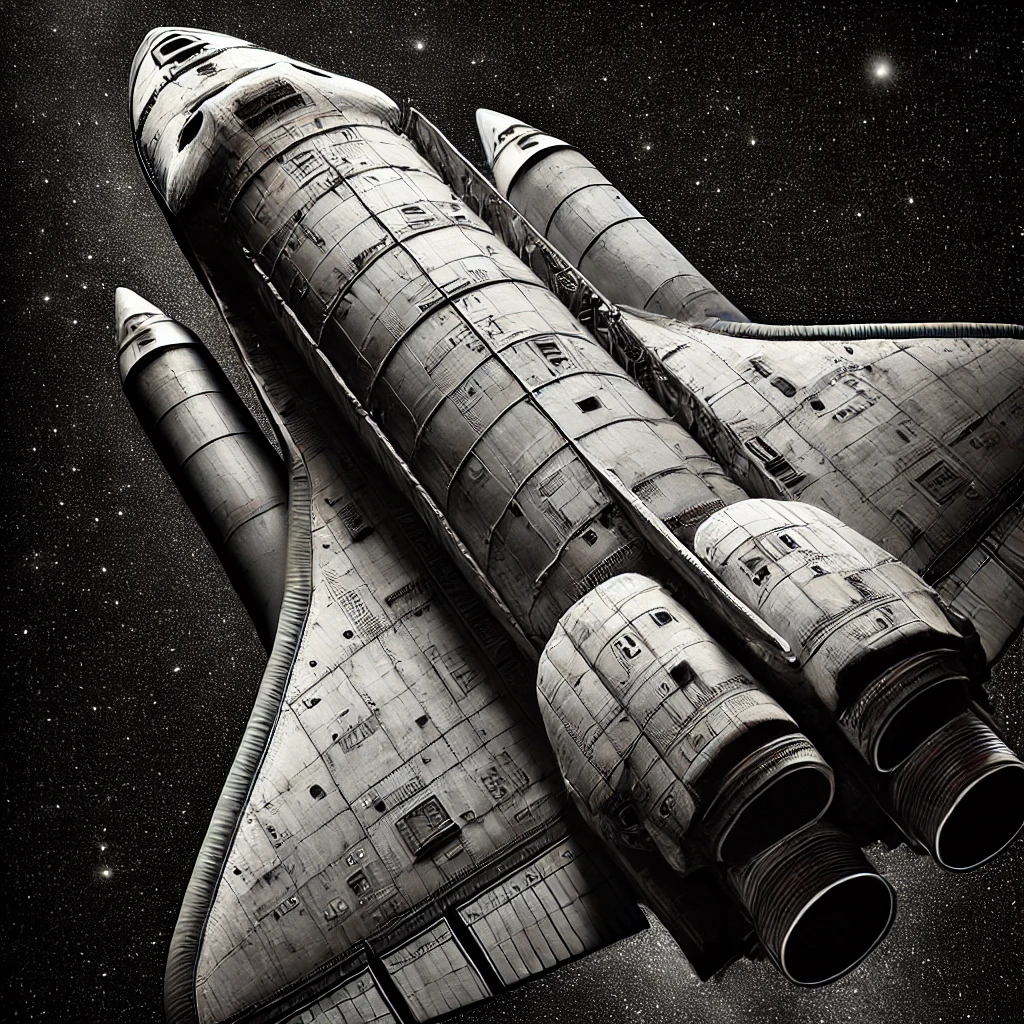
The challenge of sustainability can be met by combining curiosity and systemic reasoning, a Nobel Prize winner explains how
On 28 January 1986, millions of people around the world watched, in horror, the Challenger disaster. NASA’s space shuttle, which was to carry seven astronauts – including the first teacher in space, Christa McAuliffe – into orbit, exploded just 73 seconds after launch. The accident left everyone dismayed and raised pressing questions: what had gone wrong? How could such a well-planned mission have failed so catastrophically?
To answer these questions, Ronald Reagan set up a presidential commission of enquiry headed by Secretary of State William P. Rogers. Among the commission members were Neil Armstrong, the first man on the Moon, and Sally Ride, America’s first female astronaut. Also on the committee was a man who had nothing to do with space or rockets, but who was known for his insatiable curiosity, his independent spirit and his brilliant and unconventional approach to science: Richard Feynman, Nobel Prize winner in Physics for his work on quantum electrodynamics. But – to understand the character – just remember that his business card stated: ‘Feynman, physicist, teacher, storyteller, bongo player’.
The Shuttle Programme: The American Dream
In the 1980s, the Shuttle programme represented the future of American space exploration. The idea was simple and revolutionary: a reusable spaceplane that would make space travel more frequent and less expensive. But the obvious aim was to demonstrate American superiority, at the height of the Cold War, especially in the area of missiles.
The Space Transportation System, this was its official name, was a unique spacecraft consisting of three main parts: the orbiter (the actual shuttle), the external tank and the two solid propellant side boosters.
The orbiter, 37 metres long and with a wingspan of 24 metres, was the part of the vehicle that carried the crew and payload into space. It weighed 80 tonnes empty and could carry up to 25 tonnes of cargo. The external tank, the Shuttle’s largest and most central element, was 46.9 metres high and consisted of two separate tanks containing 629 tonnes of liquid oxygen and 106 tonnes of liquid hydrogen respectively, intended to power the orbiter’s three powerful main engines during take-off. Each of the three engines generated a thrust of 1.8 million Newtons. Finally, the two Solid Rocket Boosters (SRBs), each 45.5 metres high and weighing 590 tonnes, were powered by an explosive cocktail of ammonium perchlorate (the oxidant), aluminium and polybutadiene with terminal hydroxyl radicals (the fuel) mixed with iron oxide (the catalyst). They each provided a propulsion of 15 million newtons: the thrust needed to lift the Shuttle out of the Earth’s atmosphere.
The American dream becomes a nightmare
28 January 1986, 11:39 a.m. A frosty morning at the Kennedy Space Center, Cape Canaveral, Florida. “Go, Challenger, Go!” Flight Director Jay Greene at the mission control centre authorises Commander Dick Scobee to launch. The shuttle’s engine and side boosters fired up: a two-thousand-ton complex lifted into the sky propelled by 37 million horsepower, or over 27 MegaWatts. It was the tenth mission of one of the four orbiters in the fleet, all of them completed with complete success.
But the dream was shattered within seconds, when a huge fireball burst into the sky – live on world television – leaving behind only wreckage and dismay. The liquid hydrogen and oxygen contained in two large tanks, themselves enclosed in the outer tank, had somehow come into contact.
The two high-temperature liquids had immediately exploded, leaving only a gigantic cloud of water vapour in the sky. The nation was in shock, and NASA, a symbol of pride and competence, suddenly found itself under the magnifying glass.
Richard Feynman: The Unexpected Inquisitor
When Richard Feynman was invited to join the committee, many wondered why. Sure, he was one of the most brilliant physicists of the 20th century, but what could he possibly know about space shuttles and rocket engines? The answer soon came: Feynman was a natural investigator, with an extraordinary ability to cut through the superfluous and get to the heart of the matter.
Instead of getting lost in the technical details of the official documents, Feynman did what no one expected: he addressed the engineers directly, those who knew the spacecraft from the inside, who had seen its every bolt and seal. He went around, asked simple but incisive questions, and listened attentively. The engineers, initially surprised by this Nobel Prize winner asking basic questions, soon realised that Feynman was looking for something fundamental. And he found it.
O-rings: innocent or guilty?
While talking to the engineers, Feynman began to hear increasingly persistent rumours about something called ‘O-rings’. O-rings were rubber gaskets that sealed the joints between the segments of the Shuttle’s solid rocket. These rings had the critical task of preventing glowing gases from escaping during launch. But there was a problem: on the day of the Challenger launch, it was very cold, and the engineers were concerned that the O-rings might malfunction in such cold temperatures.
Feynman, with his typical intuition, immediately realised that this could be the key to understanding the whole disaster. The O-rings, if compromised by the cold, could have lost their elasticity, allowing the propellant to escape and causing the explosion that destroyed the Challenger.
An icy discovery in a glass of water
The committee periodically reported the results of ongoing investigations on live TV. Feynman had something important to say, but he knew he would have to do something special to make sure everyone understood the seriousness of the situation. So, during one of the commission’s TV sessions, he showed up with a glass of ice water and a small piece of O-ring, which he had obtained from the engineers.
On live television, Feynman immersed the O-ring in ice water. Then, he took it out and showed it to the audience: the rubber ring, which should normally have been flexible, was now rigid and brittle. With this simple experiment, Feynman demonstrated how the cold had compromised the O-ring’s ability to seal the rocket’s joints, leading to the escape of gas, the jet of glowing fuel that punctured the main vehicle’s compressed hydrogen and oxygen tanks and, ultimately, the destruction of the Challenger.
The simplicity of that experiment had a devastating impact: in just a few seconds, Feynman managed to make everyone, not just the experts, understand what the fatal problem was. And he did so with a disarming naivety that unmasked the technical complexities behind which many tried to hide. An example of scientific disclosure … worthy of a Nobel Prize.
Science: a process of trial and error
What Richard Feynman unveiled with his experiment was more than just a technical flaw: it was a lesson on how science and engineering should work. Science is a process of trial and error, a path where mistakes, even tragic ones, teach us how to improve. The Challenger accident was a tragedy, but out of that disaster came new knowledge that would improve the safety of future spaceflight.
The biggest lesson Feynman left us is not just about materials science or rocket physics, but about how we deal with problems. It was not just about finding out what went wrong, but understanding why the engineers’ concerns were ignored. Feynman showed us the importance of listening to experts, not ignoring warning signs and maintaining a critical and curious approach, especially when human lives are at stake.
Human progress through science
The Challenger disaster reminds us that human progress is never risk-free. But it is through these risks that science advances, learning from mistakes to build a better future. As Feynman demonstrated, it is crucial to keep exploring, asking questions and challenging our ideas, because that is how we discover the truth and avoid repeating the same mistakes.
Today, more than ever, scientific progress is indispensable for tackling global challenges such as climate change, public health and environmental sustainability. The scientific method, with its cycle of hypotheses, experiments, errors and corrections, is the most powerful tool we have to improve our living conditions and those of our planet.
As we approach 2030, with the UN Agenda’s sustainable development goals in mind, it is crucial to remember that progress is never linear. There will be failures, there will be challenges, but it is through these moments that we learn and grow. As Richard Feynman taught us, science is not perfect, but it is the best tool we have to understand the world and improve our future. And the next time someone talks to you about magic or simplistic solutions, remember Feynman and his glass of ice water: science, with its trial and error, is the real magic that allows us to progress.


